A high-cycle explicit model for the accumulation of strain in sand due to small cyclic loading. The dependence of the accumulation rate on stress, void ratio, cyclic history and the type of loading is considered. In particular, the ovality and the polarization of the strain path during a cycle are taken into account.
Archive for category: Constitutive Models
Extended Mohr–Coulomb (EMC)
Views 3,680
A simple soil model for predicting settlement of shallow foundations on sand. It incorporates a simple isotropic linear elastic component, a Mohr–Coulomb yield surface, the original Cam Clay flow rule and a simple asymptotic strain-hardening rule.
Hypoplastic Model for Thermal Cycles (Ma et al., 2017)
Views 1,328
Model to simulate the cumulative feature of volumetric contraction of fine-grained soil subjected to thermal cycles. A thermal stabilization line is introduced to control the stabilized volumetric contraction under thermal cycles.
The PM4Sand and PM4Silt models are stress-ratio controlled, critical state compatible, bounding surface plasticity models developed for geotechnical earthquake engineering applications.
The PM4Sand and PM4Silt models are stress-ratio controlled, critical state compatible, bounding surface plasticity models developed for geotechnical earthquake engineering applications.
Multilaminate constitutive models are based on the concept that the material behaviour can be formulated on a number of so-called integration planes with varying orientation. In addition to other features, the model predicts anisotropic soil stiffness at small strains.
Barodesy (Kolymbas, Medicus, Schneider-Muntau, Fellin)
Views 2,542
Barodesy is a constitutive model for granular media and does not use standard notations of elasto-plasticity, e.g. yield function, flow rule or plastic potential.
Hypoplastic Interface Model (Stutz et al., 2016)
Views 2,205
Model to represent the behaviour of interfaces based on hypoplasticity. A general approach to model interfaces using continuum constitutive models is adopted.
SANISAND (Dafalias and Manzari, 2004)
Views 13,218
SANISAND is an advanced elasto-plastic model based on a concept of rotational hardening incorporating the effects of fabric-dilatancy.
Sand Hypoplasticity (von Wolffersdorff, 1996)
Views 8,423
Sand hypoplastic model is an advanced incrementally non-linear constitutive model for sand, an outcome of an extensive research at Karlsruhe University in 1990's.
Clay Hypoplasticity (Mašín, 2014)
Views 14,516
Clay hypoplasticity is an advanced incrementally non-linear constitutive model based on critical state soil mechanics developed specifically for simulation of fine-grained materials.
Search SoilModels Website
Recent posts
-
 Degradation ( disturbance ) of hypoplastic clay 23.4.2024
Degradation ( disturbance ) of hypoplastic clay 23.4.2024
-
 Degradation ( disturbance ) of hypoplastic clay 23.4.2024
Degradation ( disturbance ) of hypoplastic clay 23.4.2024
-
 Paper of Coulomb, C. A. (1773) 15.4.2024
Paper of Coulomb, C. A. (1773) 15.4.2024
-
 ABAQUS UMAT of hypoplastic clay model 6.4.2024
ABAQUS UMAT of hypoplastic clay model 6.4.2024
-
 Prague Geotechnical Days 2024 “Geotechnical monitoring” and 30th jubilee Prague Geotechnical Lecture by prof. Eduardo Alonso 5.4.2024
Prague Geotechnical Days 2024 “Geotechnical monitoring” and 30th jubilee Prague Geotechnical Lecture by prof. Eduardo Alonso 5.4.2024
-
 UMAT for Creep-SCLAY model. 1.3.2024
UMAT for Creep-SCLAY model. 1.3.2024
-
 Cyclic tests with Triax element test driver 14.2.2024
Cyclic tests with Triax element test driver 14.2.2024
-
 SUMMER SCHOOL ‘Numerical Modelling in Geotechnical Engineering’, Innsbruck – July 22nd-26th, 2024 1.2.2024
SUMMER SCHOOL ‘Numerical Modelling in Geotechnical Engineering’, Innsbruck – July 22nd-26th, 2024 1.2.2024
-
 COURSE IN SOIL MODELING – NTNU, Trondheim – October 14th to 18th, 2024 21.12.2023
COURSE IN SOIL MODELING – NTNU, Trondheim – October 14th to 18th, 2024 21.12.2023
-
 MSE walls design in Plaxis 11.12.2023
MSE walls design in Plaxis 11.12.2023
-
 sand liquefaction modelling in Anura3D 8.12.2023
sand liquefaction modelling in Anura3D 8.12.2023
-
 BCV bentonite experimental and modelling datasets 14.11.2023
BCV bentonite experimental and modelling datasets 14.11.2023

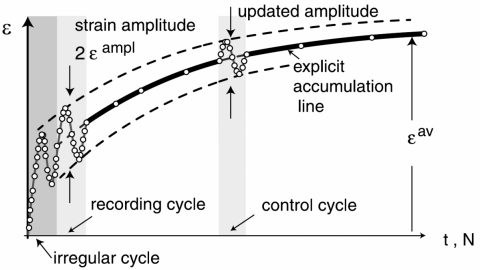
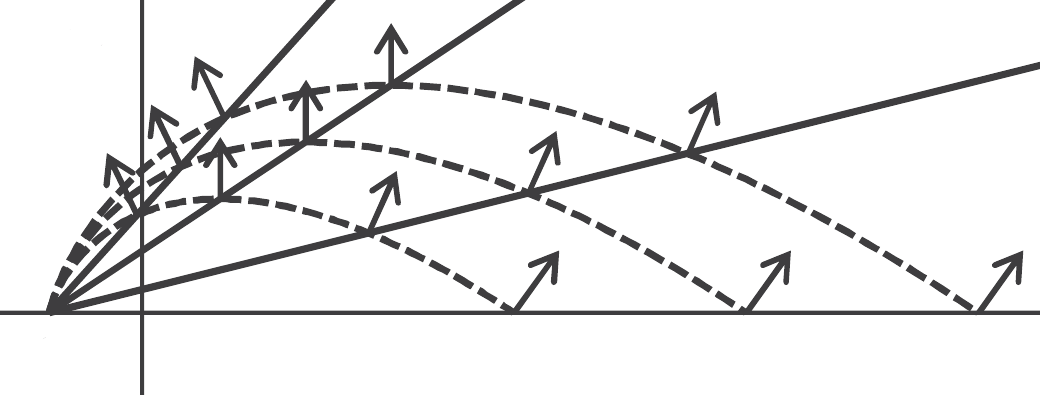
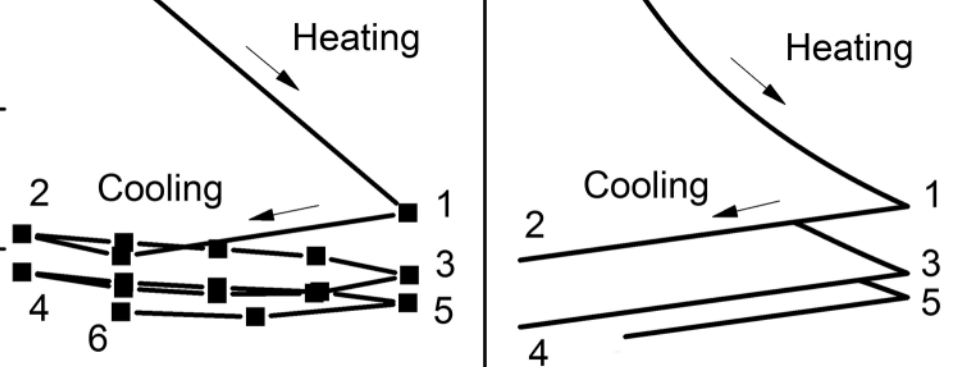

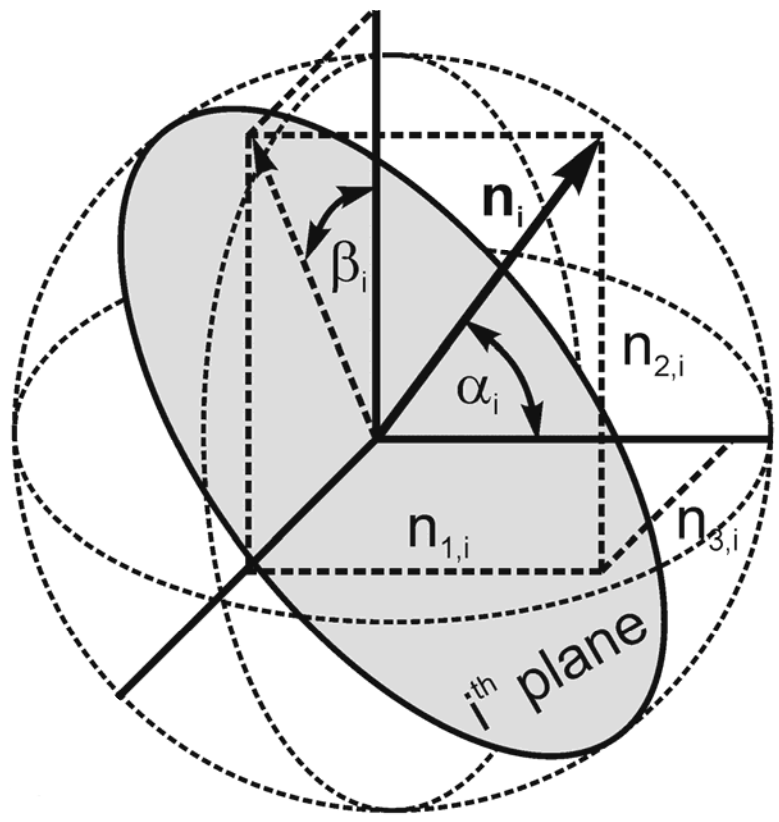
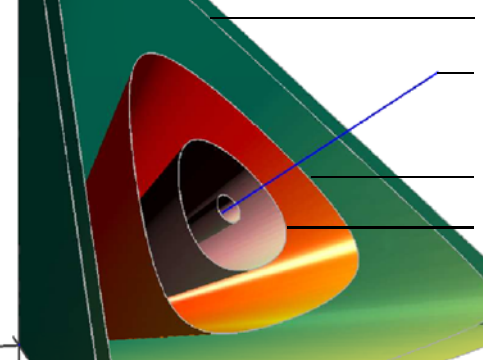

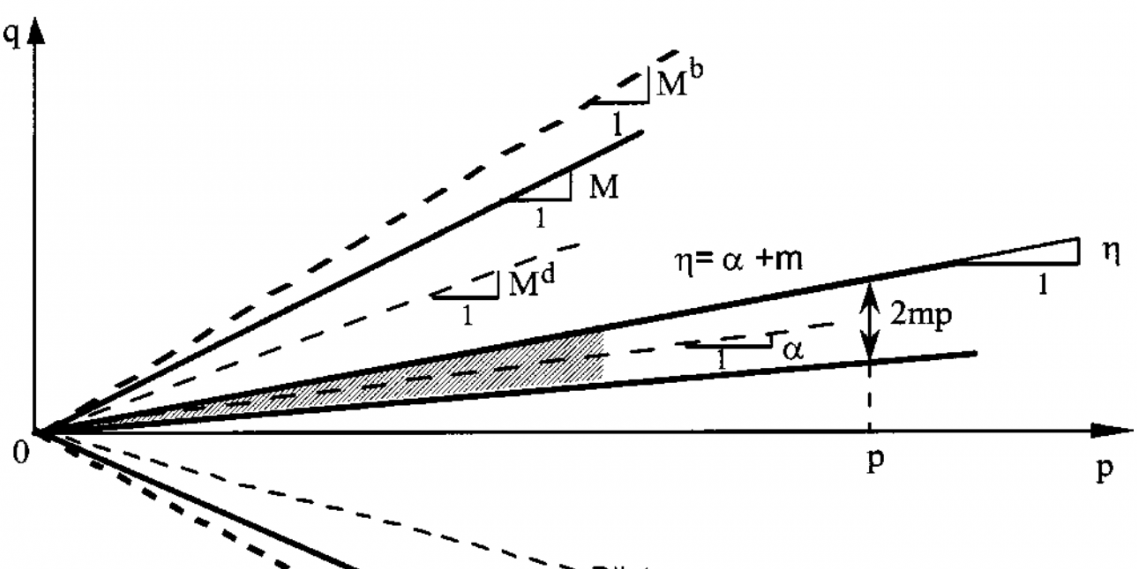
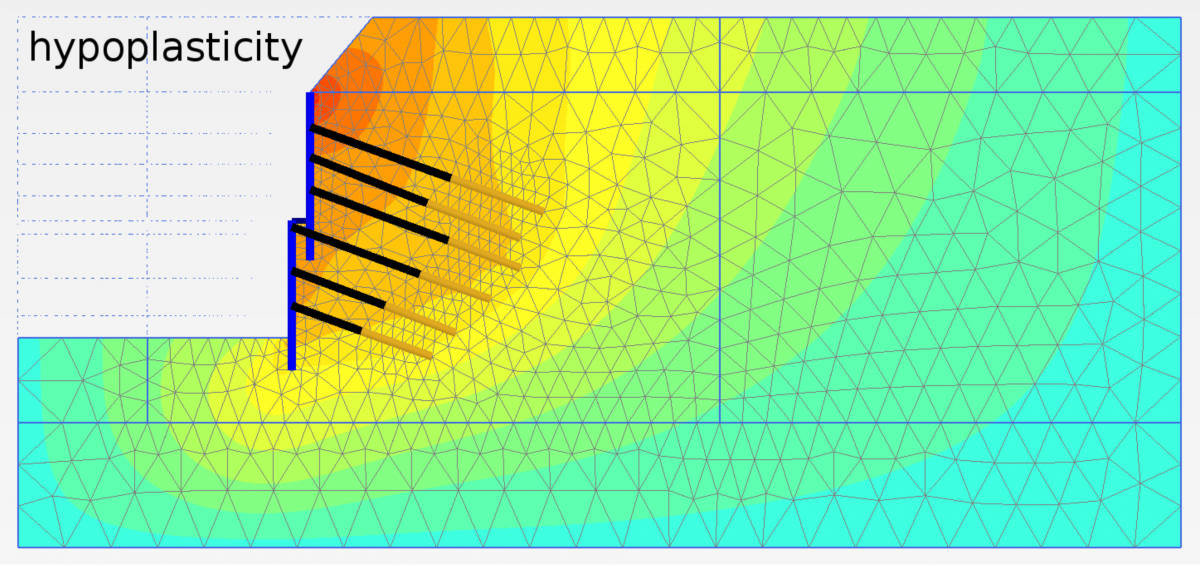
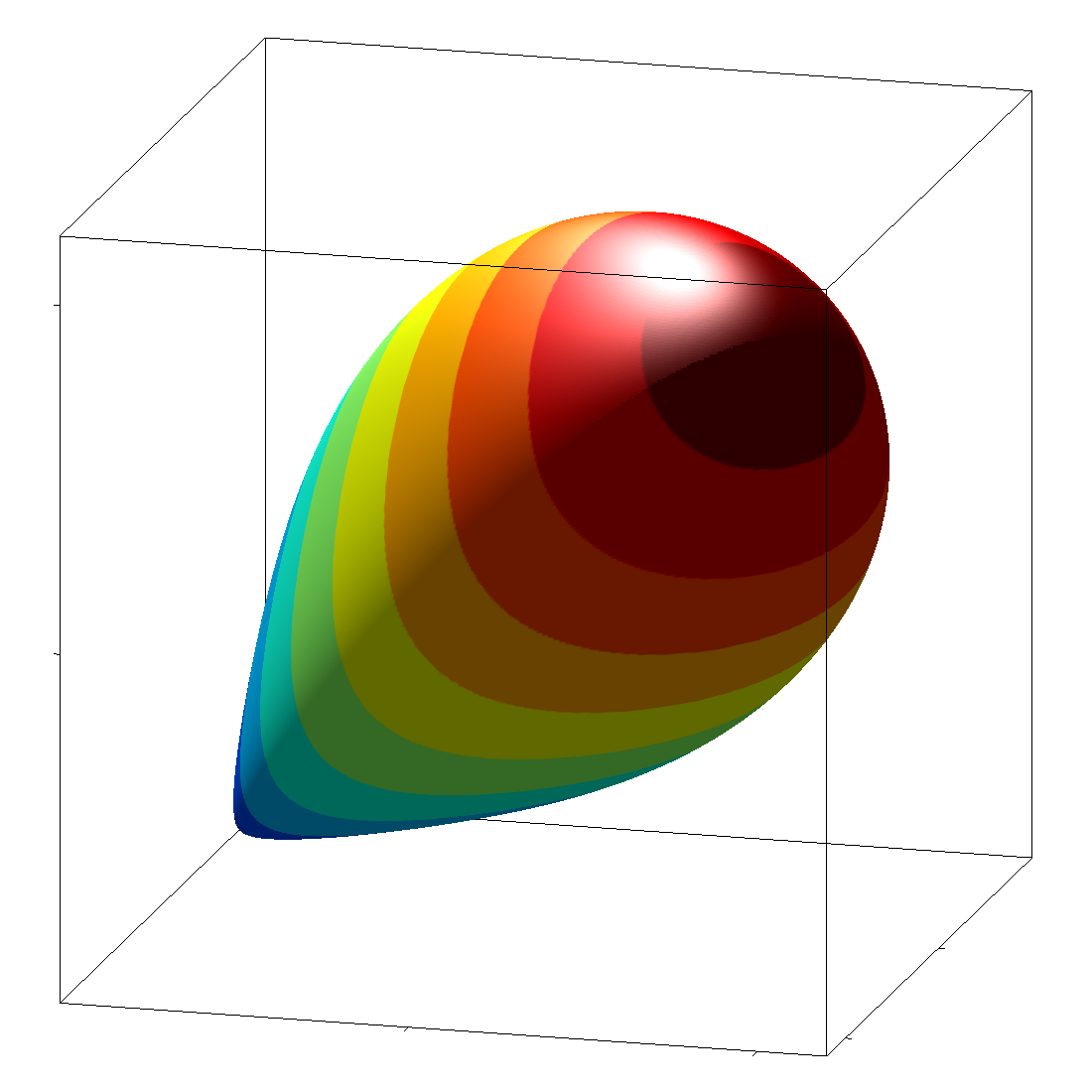

Recent Comments